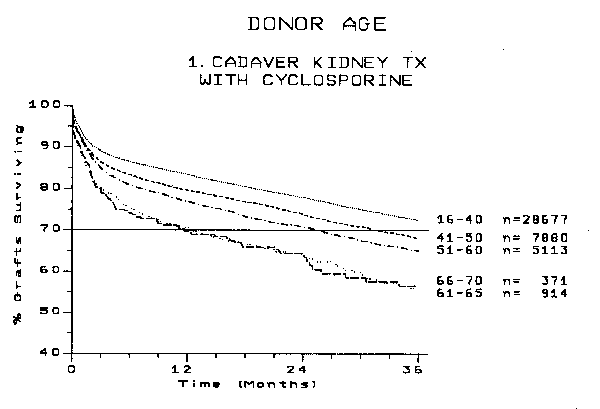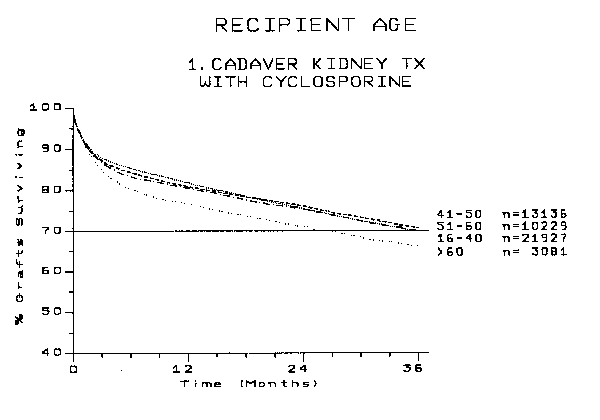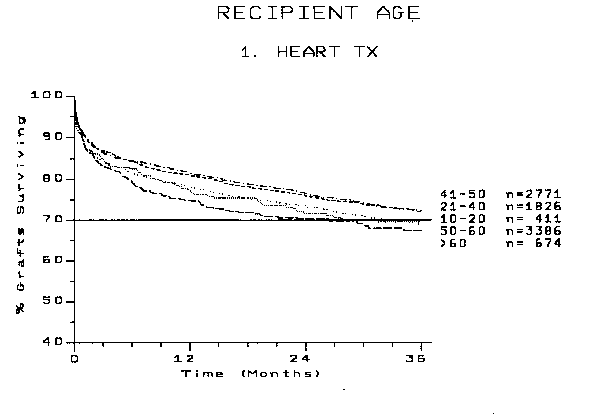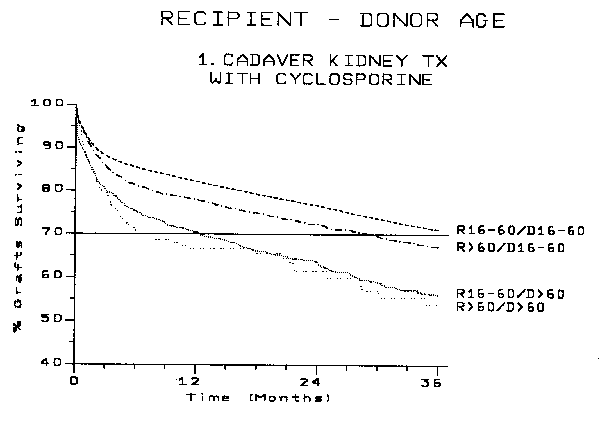
Figure 1

Figure 2

Figure 3

Figure 4

Figure 5
Dear Colleague,
Several heart transplant centers and one liver transplant center informed us that they began to collect cell samples for the DNA typing project. I am very pleased that we are also making progress with non-renal organs. If you have not yet done so, please make arrangements for collecting and freezing cells for DNA typing. Since no special freezing procedure or protective additives are required, it is very simple to prepare the samples. Even if you can provide material from only a small number of transplants, your contribution is important.
The next date for shipping frozen cells for DNA typing is
February 10 or 11, 1992.
Please address all parcels to me personally and ship via the Frankfurt Airport. We will have someone pick up the packages at the airport. Be sure to send us a Fax (or call) indicating the AWB number, date of arrival, and flight number. Please indicate that the parcel contains "Tissue cells from organ transplants for scientific study only. No commercial value". Add sufficient dry ice to last for at least 3 days. The air freight charges must be prepaid.
Please let us know whether samples are from kidney, heart or liver transplants!
Thank you very much for your important contribution to the DNA typing project.
_______________
Whether advanced donor age is a risk factor in organ transplantation, is controversial. In the literature, one can find support for and against the utilization of organs from elderly donors. Recently, several authors argued that the acceptable age limit should be expanded because the transplant results with organs from elderly donors are very good.
The CTS data tell a different story. Both in kidney and heart transplantation increasing donor age is associated with a stepwise decline of the transplant success rate (Figures 1 and 2) . Recipient age, on the other hand, is not nearly as important (Figures 3 and 4). That donor age rather than recipient age is the dominant factor is shown in Figure 5.

Figure 1

Figure 2

Figure 3

Figure 4

Figure 5
These results are consistent for different large geographical regions (e.g. Europe, North America) . However, they do not necessarily hold up at individual centers. An important question is whether the Variation among centers is due to chance or whether the differences can be attributed to more stringent donor selection criteria at certain centers. It would seem very important to investigate this topic. We would welcome suggestions on the nature of variables that may be important.
Enclosed you will find an announcement of the 10th CTS Anniversary Symposium. The scientific program promises to be outstanding. The Symposium's emphasis will be on critical assessments of topics of current interest. Thus far, the following speakers have confirmed their participation: Wallwork (Cambridge), Wade (Toronto), Thiel (Basel), Soulillou (Nantes), Simforoosh (Tehran), Sells (Liverpool), Pichlmayr (Hannover), Park (Seoul), Morris (Oxford), Michielsen (Leuven), McMaster (Birmingham, UK), Margreiter (Innsbruck), Land (Munich), Keown (Vancouver), Häyry (Helsinki), Hammer (Munich), Guttmann (Montreal), Griffith (Pittsburgh), Fung (Pittsburgh), Fernandez-Cruz (Barcelona), Diethelm (Birmingham, USA), Cooper (Oklahoma City), Calne (Cambridge), Barsoum (Cairo).
We are looking forward to receiving your abstracts and to welcoming you in Heidelberg next May.
All of us at the Heidelberg CTS center extend our best wishes for the
Christmas Season and a Happy New Year.
Sincerely yours,